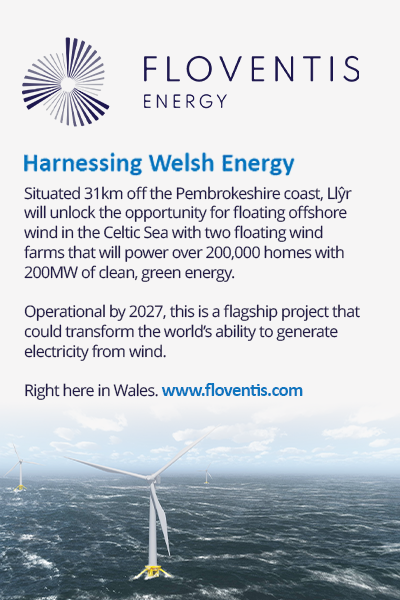
WRITTEN BY:
Gareth Banks,
Head of Sustainability,
Orangebox
For over two decades, Orangebox has been a leader in design-led office furniture, crafted with a deep commitment to sustainability.
From our roots in South Wales in the mid 1970s, our mission has always been to blend aesthetic appeal with environmental consciousness.
As the conversation around sustainability evolves, so too does our approach to production and product lifecycle management. Recently, our focus has shifted towards not just creating sustainable products but embedding circular economy principles deeply into every facet of our business operations.
Traditionally, sustainable product design at Orangebox has involved selecting materials that have minimal environmental impact and designing products that are durable and long-lasting.
However, the concept of circularity demands we go a step further, it challenges us to rethink our entire business model, from the design phase through to the end of a product’s life.
Circular economy principles urge businesses to minimise waste, prolong product life, and regenerate natural systems. It’s about more than reducing harm, it’s about creating a positive impact. For Orangebox, this means reevaluating how we can reduce the physical materials we use, what we call dematerialisation, while ensuring our products maintain their high-quality and functionality.
A key aspect of our journey towards greater circularity involves thinking critically about what happens to our products once they leave our factory. Ensuring that our furniture is easy to service and maintain is just the beginning. We are now deeply invested in the life cycle extension of our products. This involves designing for disassembly so that each component of our furniture can be easily replaced or repaired, thereby extending its usable life.
And we are enhancing our focus on remanufacturing. This process allows us to bring used furniture back to our facility, where it is refurbished to like-new condition and can begin a second life, drastically reducing the demand on new materials in the process.
Remanufacturing not only reduces waste and demand for new materials but also offers our customers a cost-effective way to update their office environments responsibly.
Achieving true circularity is not a journey we can undertake alone. It requires collaboration with suppliers, customers, and industry partners. Educating stakeholders about the benefits of circular economy practices is also crucial, as it encourages a shift in perception from disposability to durability and reuse.
As we continue to navigate our path towards a more circular business model, our commitment to innovation and sustainability remains unwavering. The challenges are substantial, but so are the opportunities.




